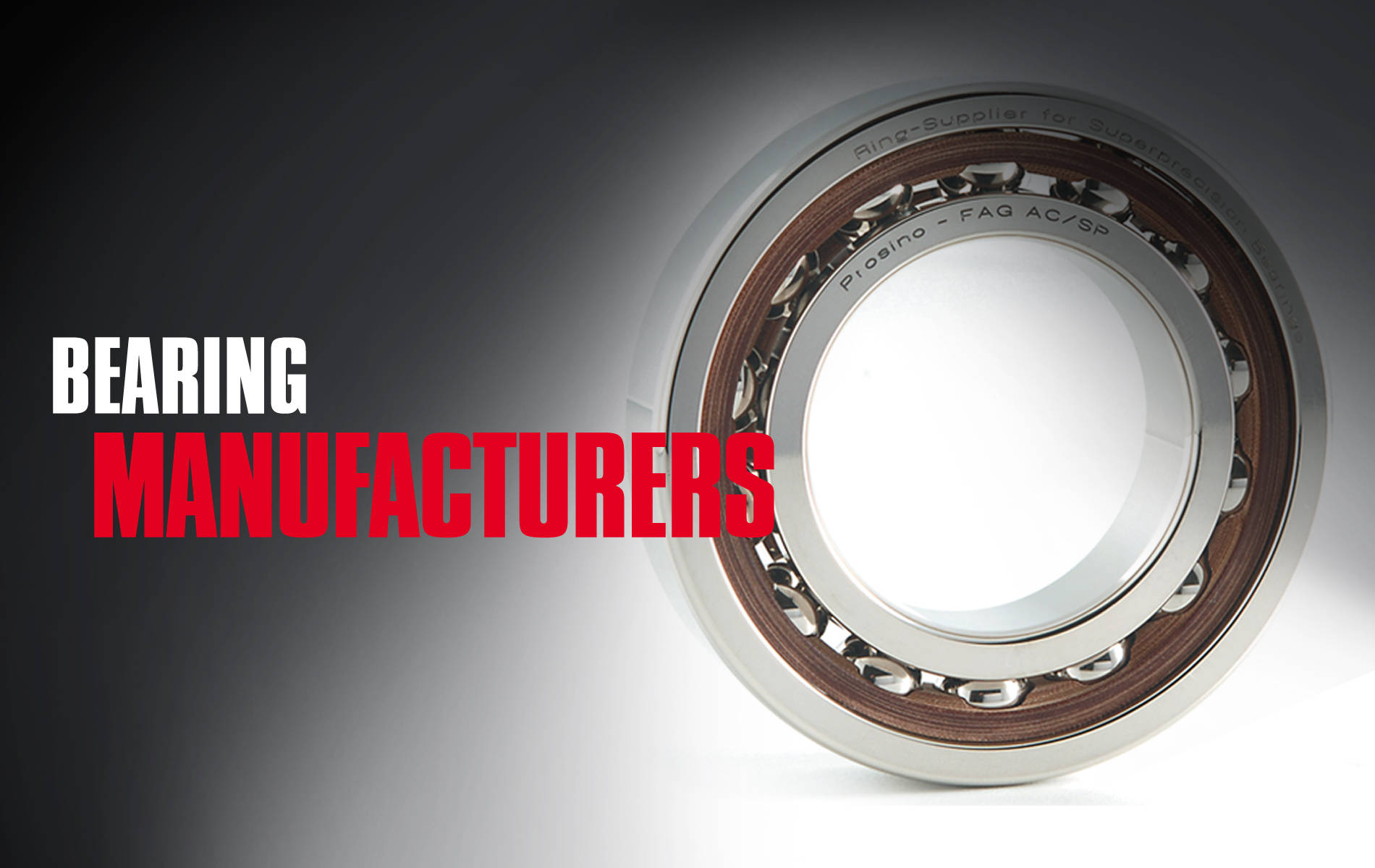Bearing Maintenance Tips
Bearing Maintenance Tips
Blog Article

Bearing Maintenance Tips
Bearings are crucial components in various mechanical systems, ensuring smooth operation and reducing friction. To extend the lifespan and efficiency of bearings, proper maintenance practices are essential. Here are some key tips for effective bearing maintenance:
1. Lubrication
Proper lubrication is vital for bearing performance. It is essential to use the right type and amount of lubricant as per the manufacturer's recommendations. Different types of bearings may require specific lubricants to operate optimally. For instance, high-speed bearings might need lubricants with low viscosity to reduce friction and heat generation. Regularly check and replenish the lubrication to prevent wear and tear. Over-lubrication can also be detrimental, causing overheating and premature failure.
2. Inspection
Regular inspection of bearings is necessary to detect any signs of damage or wear early on. Look for symptoms such as unusual noises, vibration, or increased operating temperature. Implementing condition monitoring techniques, such as vibration analysis or thermal imaging, can help identify potential issues before they escalate. Timely identification of problems allows for proactive maintenance and can prevent major failures that could lead to costly downtime.
3. Environmental Considerations
Protecting bearings from harsh environmental conditions is crucial for their longevity. Exposure to moisture, dust, and extreme temperatures can accelerate wear and corrosion. Implement sealing solutions, such as labyrinth seals or lip seals, to shield bearings from contaminants. Proper storage practices, including storing bearings in a clean and dry environment, can also prevent premature degradation. In industries with demanding environmental conditions, such as mining or marine applications, using specialized coatings or materials for bearings can enhance their resistance to harsh elements.
4. Handling and Installation
Proper handling and installation are critical for ensuring the longevity of bearings. Mishandling during storage or installation can lead to surface damage or misalignment, compromising performance. It is essential to use the correct tools and techniques to mount bearings accurately, ensuring proper fits and clearances. Over-tightening can increase internal stresses and reduce bearing life, while misalignment can cause uneven loading and premature wear. Following the manufacturer's guidelines for installation procedures, including preloading specifications and torque values, is essential for optimal bearing performance.
Bearing Durability Factors: Tapered Roller Bearings Or Spherical Roller Bearings
When considering the durability of bearings, the choice between tapered roller bearings and spherical roller bearings plays a significant role. Each type has its unique characteristics affecting longevity and performance.
Tapered Roller Bearings
Tapered roller bearings are designed to handle both radial and axial loads efficiently. Their tapered design distributes the load evenly, reducing friction and wear. This design feature makes them durable and suitable for high-load applications, such as automotive wheel hubs and gearboxes. The ability of tapered roller bearings to accommodate thrust loads in addition to radial loads makes them versatile for various industrial applications.
Spherical Roller Bearings
Spherical roller bearings can accommodate misalignment and axial loads in addition to radial loads. Their self-aligning capability enhances durability by compensating for shaft deflection and mounting errors. This feature makes them ideal for applications with shaft deflection or misalignment issues, such as conveyor systems and paper mills. Spherical roller bearings are known for their high load-carrying capacity and resistance to shock and vibration, making them suitable for heavy-duty applications.
Choosing between tapered roller bearings and spherical roller bearings depends on the specific application requirements, load conditions, and operating environments. Conducting a thorough analysis of the application parameters and consulting with bearing manufacturers can help in selecting the most suitable bearing type for optimal performance and longevity.
Bearing Guide: Bearing Types You Should Know
Understanding the different types of bearings available is crucial for selecting the most suitable option for a particular application. Here are some common bearing types you should know about:
1. Ball Bearings
Ball bearings are the most widely used type, offering low friction and high precision. They can handle both radial and thrust loads, making them versatile for various applications, including electric motors, pumps, and household appliances. The simple design of ball bearings, consisting of inner and outer rings with a cage containing balls, allows for smooth operation and efficient load distribution.
2. Roller Bearings
Roller bearings, including cylindrical, tapered, and spherical designs, are ideal for heavy-duty applications requiring high load capacity and shock resistance. Cylindrical roller bearings excel in applications with high radial loads, such as machine tools and industrial equipment. Tapered roller bearings are commonly used in automotive and aerospace applications due to their ability to handle combined loads. Spherical roller bearings are preferred for applications with misalignment or heavy shock loads, such as mining and construction equipment.
3. Thrust Bearings
Thrust bearings are designed to support axial loads and prevent shaft deflection. They come in various configurations, such as ball thrust bearings and roller thrust bearings, catering to different load requirements in machinery like pumps, compressors, and automotive transmissions. Thrust bearings are critical for maintaining shaft alignment and preventing damage from excessive axial forces.
Familiarizing yourself with these bearing types will aid in selecting the most appropriate bearing for your specific machinery or equipment. Considering factors such as load capacity, speed requirements, and environmental conditions will help in choosing the right bearing type to optimize performance and reliability.